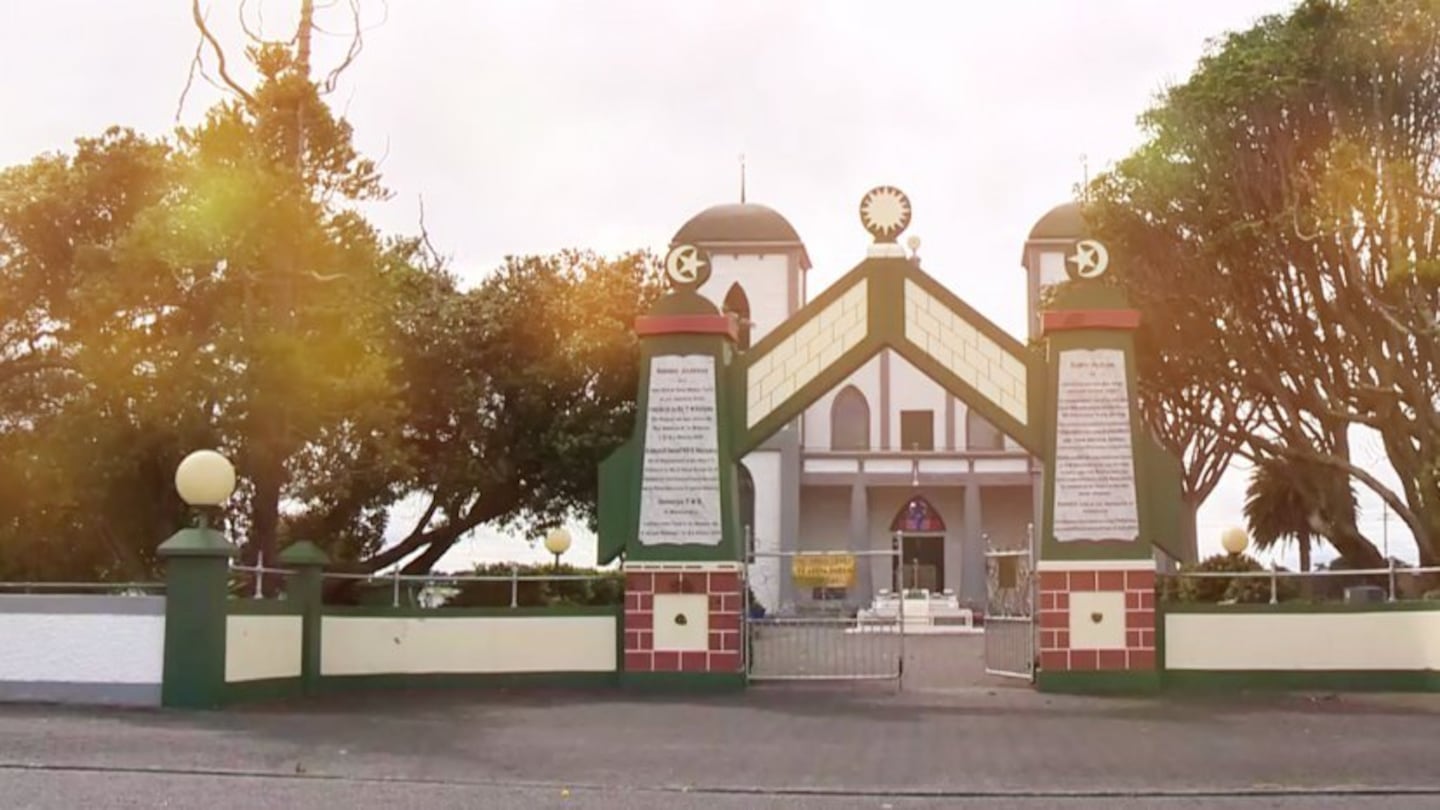The two warring factions in the Rātana Church appear to have reached a stalemate after one side failed to convince the Māori Land Court to intervene in the dispute.
The court has taken the view that it is not the right jurisdiction to hear the faction’s arguments to take control of the church assets at Rātana Pā.
In his just-released decision, Judge Damian Stone said both groups believe they are the Te Kōmiti Matua of the church.
Te Hāhi Rātana is the spiritual movement founded by the prophet Tahupōtiki Wiremu Rātana whose followers are called the morehu. According to the 2018 Census data, there are 43,281 morehu, 42,711 of whom are Māori.
Te Hāhi Rātana is governed by Te Kōmiti Matua o Te Hāhi Rātana.
A separate trust holds the assets of the church.
Which Kōmiti Matua?
Hareruia Aperahama, Andre Meihana, Wikitoria Waitai-Rapana, Piki-te-Ora Manuel, Lance Rapana and Tiowaana Harrington made the application to the court, together with Jack Smith as a trustee of the Rātana Pā Reserves Trust; Ngapera Bella Smith, Wikitoria Waitai-Rapana and Andre Meihana on behalf of whanau and beneficial owners of the Rātana Pā Reserves and Mita Ririnui on behalf of Ngā Apihi o t Hui Whakapūmau
They had asked the court to determine who the most appropriate representatives of Te Hāhi Rātana were under section 30 of Te Ture Whenua Māori Act 1993. The purpose of section 30 is to provide a mechanism for the resolution of disputes over representation among Māori.
Judge Stone said he had first asked the two sides to consider mediation but they did not agree.
“It was apparent that, if the parties could agree on a process to call and hold the Hui Whakapūmau [the annual Easter gathering of Te Hāhi Rātana and the morehu], including providing space in the agenda for representation issues to be discussed and resolved, the parties would likely resolve the dispute through the internal processes of Te Hāhi Rātana,” the judge said.
However, the respondent group, Andre Tutere Anderson, Dana Puketohe, Desiree Docherty, Jamie Nepia, Reo Maraku, Jason Hihiria, Piri Ruurawhe, Rawinia Anderson, Mere Tunga Nepia, Piri Hitia Meihana, Murray Ririnui, Cole Paki and Errol Turuki Meihana did not agree.
At the court hearing, which was held last Friday, the applicant group argued Te Hāhi Rātana was a Māori organisation for the purposes of the act. It was established by Māori, for Māori, for their survival. It was a Māori movement. Its membership was overwhelmingly Māori. Operational and administrative aspects of Te Hāhi Rātana were undertaken in te reo Māori. It was recognised nationally, including by other Māori organisations, as being Māori in nature.
Not for a court to decide
But the respondent group argued the constitution of Te Hāhi Rātana separated the spiritual and the earthly. It provided that the spiritual aspects of Te Hāhi Rātana were not intended to be justiciable in any court, including the Māori Land Court. This accorded with the manner in which Te Hāhi Rātana was first established and the philosophy of its founder.
While Section 30(1)(b) of the Act allowed the Court to determine who were the most appropriate representatives of a class or group of Māori. Te Hāhi Rātana was not a class or group of Māori, because it was primarily a faith-based organisation, the membership of which was not exclusively Māori.
The group argued the two pillars of the court were land and whakapapa. As a faith-based organisation, Te Hāhi Rātana did not rest on those pillars.

